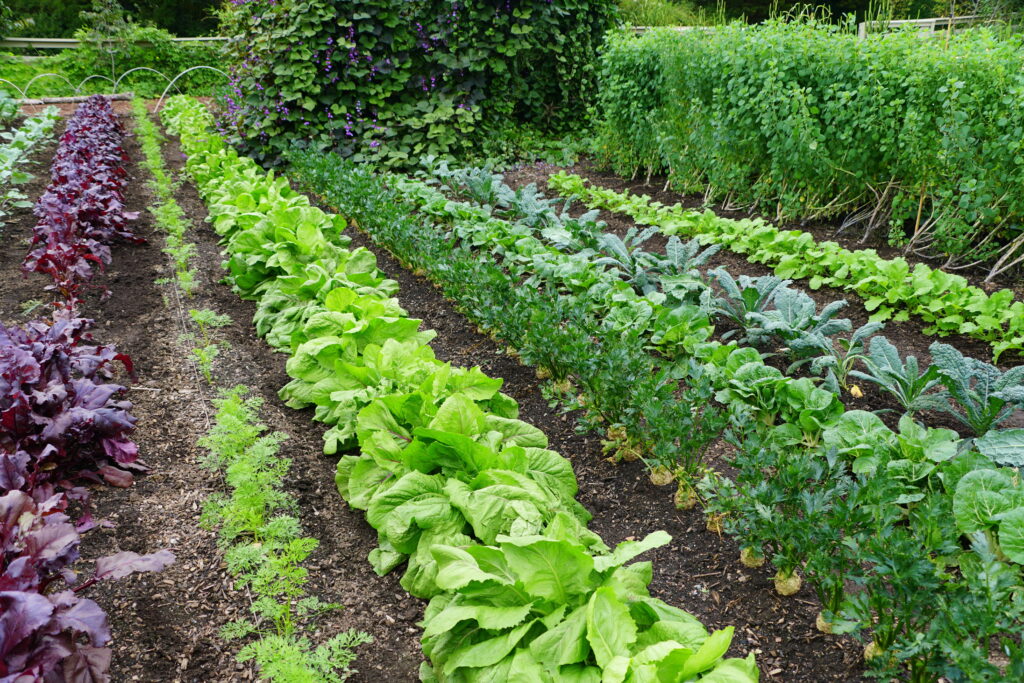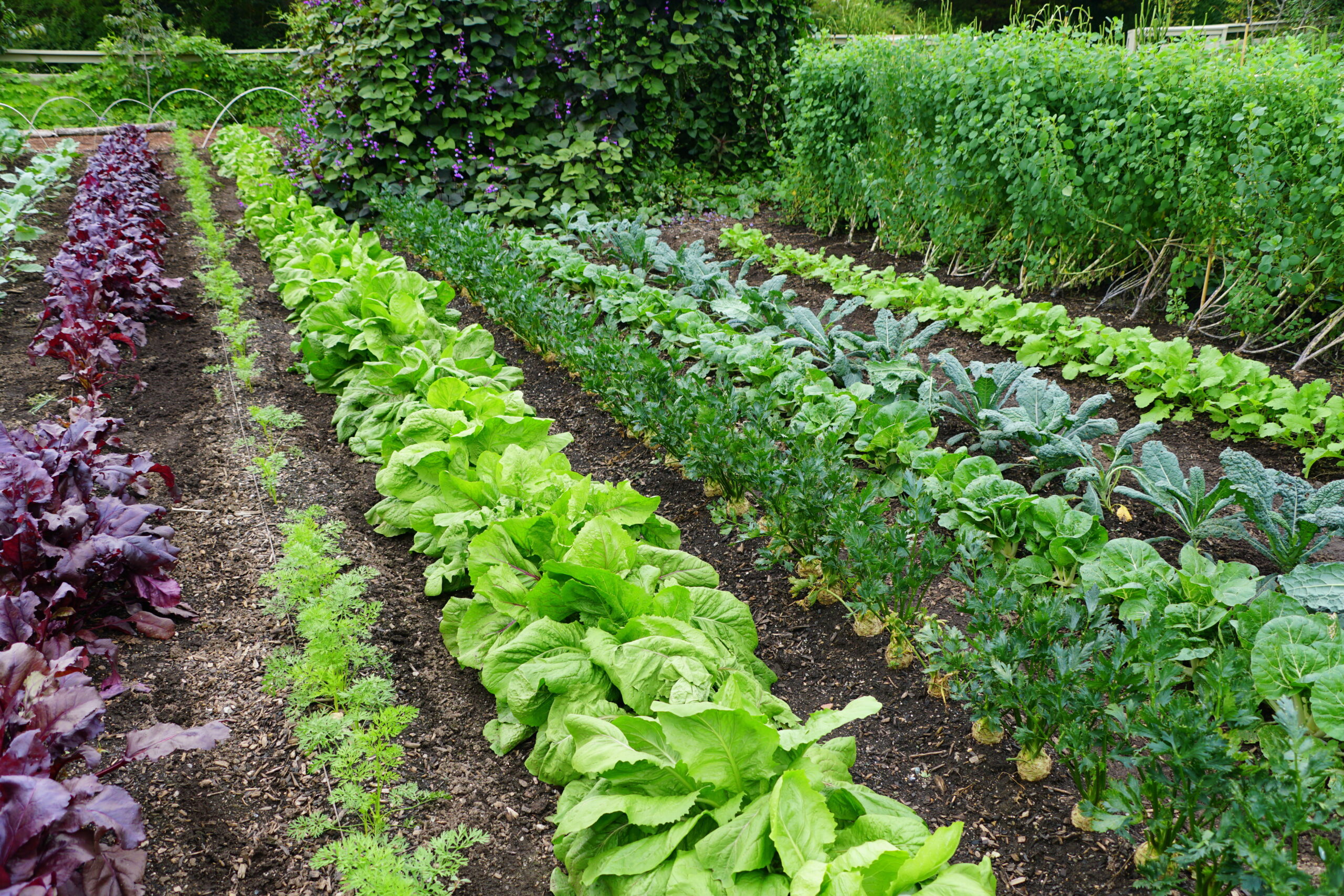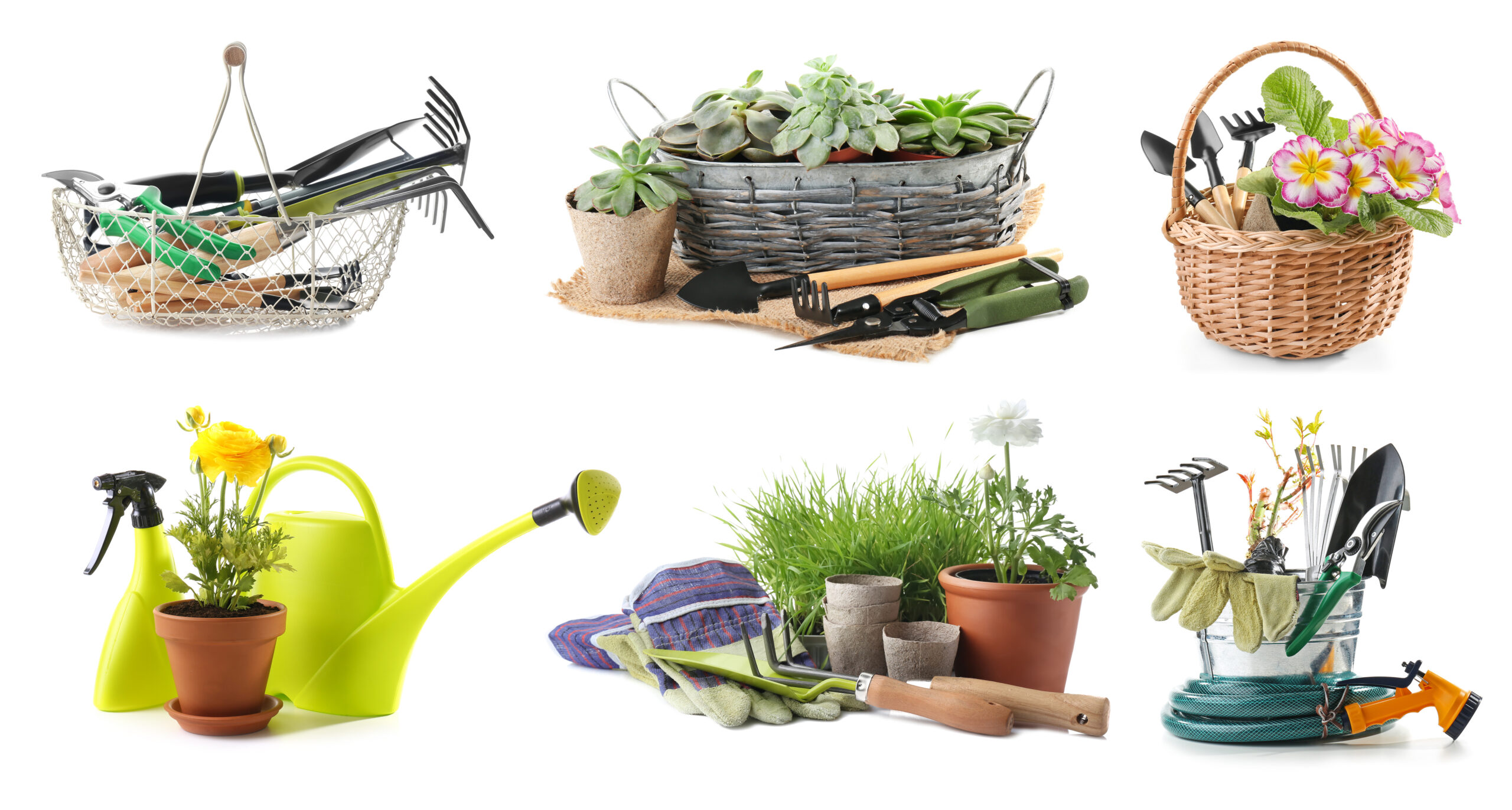
Visualizing Your Ideal Outdoor Space
Picture your perfect garden oasis: lush greenery, vibrant flowers, and perhaps a cozy seating area. Start by envisioning how you want your outdoor space to look and feel. Consider factors like sunlight exposure, existing landscaping, and your personal style preferences. This initial step sets the stage for creating a garden that reflects your vision and meets your needs.
Mapping Out Your Garden Layout
Once you have a clear vision, it’s time to map out your garden layout. Sketch a rough plan of your outdoor space, noting existing features like trees, pathways, and structures. Think about how you’ll use different areas of the garden—for entertaining, relaxation, or growing plants. Mapping out your garden layout helps you visualize how everything will fit together and guides your planting decisions.
2. “Choosing the Right Plants for Your Garden Paradise”
Selecting Plants That Thrive in Your Climate
One of the keys to a successful garden is choosing plants that are well-suited to your climate. Research the hardiness zone and average growing conditions in your area to identify plants that will thrive. Look for native species, as they’re adapted to local conditions and require less maintenance. Consider factors like sunlight exposure, soil type, and water requirements when selecting plants for your garden.
Creating a Diverse Plant Palette
A diverse plant palette adds interest and beauty to your garden while supporting biodiversity. Mix and match different types of plants, including trees, shrubs, perennials, and annuals, to create layers of texture and color. Choose plants with varying heights, bloom times, and foliage characteristics to ensure year-round interest. Don’t forget to include plants that attract pollinators and beneficial insects, further enhancing the health of your garden ecosystem.
3. “Designing Functional and Aesthetic Garden Structures”
Incorporating Hardscaping Elements
Hardscaping elements like pathways, patios, and retaining walls add structure and functionality to your garden. Consider the layout of your outdoor space and how you’ll navigate through it. Use materials like stone, brick, or wood that complement your home’s architecture and blend seamlessly with the natural surroundings. Well-planned hardscaping creates focal points and defines different areas of your garden.
Creating Cozy Outdoor Living Spaces
Outdoor living spaces extend the functionality of your garden, providing places to relax, dine, and entertain. Consider incorporating features like seating areas, dining tables, and fire pits that encourage outdoor enjoyment. Choose durable, weather-resistant furniture and accessories that can withstand the elements and complement your garden’s aesthetic. Adding comfortable cushions, throws, and lighting creates a cozy ambiance for evenings spent under the stars.
4. “Nurturing Your Garden: Essential Care and Maintenance”
Providing Proper Watering Techniques
Proper watering is essential for keeping your garden healthy and thriving. Learn the watering needs of different plants in your garden and adjust your watering schedule accordingly. Use techniques like deep watering, mulching, and drip irrigation to conserve water and promote deep root growth. Monitor soil moisture levels regularly and water early in the morning to reduce evaporation and prevent fungal diseases.
Implementing Effective Pest and Disease Management
Pests and diseases can wreak havoc on your garden if left unchecked. Implement integrated pest management strategies to minimize damage and maintain plant health. Monitor your garden regularly for signs of pests and diseases, and take action promptly to prevent outbreaks. Use natural predators, organic pesticides, and cultural practices like crop rotation and sanitation to manage pest and disease problems effectively.
5. “Maximizing Small Spaces: Gardening in Containers and Vertical Gardens”
Embracing Container Gardening
Container gardening is a versatile solution for gardening in small spaces, allowing you to grow plants on patios, balconies, and even windowsills. Choose containers of various sizes and materials that suit your aesthetic preferences and plant needs. Select plants that thrive in containers, such as herbs, vegetables, and flowers, and provide them with proper drainage, soil, and sunlight for optimal growth. Container gardening offers endless possibilities for creating lush, beautiful displays in limited spaces.
Harnessing the Power of Vertical Gardens
Vertical gardening is another space-saving technique that maximizes growing area while adding visual interest to your garden. Install trellises, arbors, or vertical planters to support climbing plants like vines, cucumbers, and tomatoes. Consider incorporating living walls or hanging baskets to create vertical gardens that cascade with foliage and flowers. Vertical gardening not only saves space but also allows you to experiment with creative planting designs and showcase a wide variety of plants in a small footprint.
6. “Growing Your Own Fresh Produce: Tips for Successful Vegetable Gardening”
Starting with the Right Location
The success of your vegetable garden depends largely on choosing the right location. Select a sunny spot with at least six to eight hours of direct sunlight per day for optimal plant growth and productivity. Ensure the area has good soil drainage and access to water for consistent moisture levels. Consider factors like proximity to your home, wind exposure, and potential pest issues when siting your vegetable garden.
Planning Your Garden Layout
Careful planning is key to maximizing space and productivity in your vegetable garden. Sketch out a garden layout that considers factors like plant spacing, crop rotation, and companion planting. Group plants with similar sunlight, water, and nutrient requirements together to optimize growing conditions and minimize competition. Plan for succession planting to extend your harvest throughout the growing season and make the most of limited space.
7. “Creating a Haven for Pollinators: Attracting Bees, Butterflies, and Hummingbirds”
Choosing Pollinator-Friendly Plants
Pollinators play a vital role in the garden by facilitating the reproduction of flowering plants. Attract bees, butterflies, and hummingbirds to your garden by planting a diverse selection of nectar-rich flowers. Choose plants with different bloom times and colors to provide a continuous food source for pollinators throughout the growing season. Incorporate native plants whenever possible, as they’re well-adapted to local pollinators’ needs.
Providing Water and Shelter
In addition to food sources, pollinators also need access to water and shelter to thrive. Create water features like birdbaths, shallow dishes, or small ponds to provide drinking and bathing opportunities for bees, butterflies, and hummingbirds. Incorporate sheltered areas with dense vegetation, shrubs, and trees where pollinators can rest, seek refuge from predators, and nest.
8. “Sustainable
Gardening Practices: Cultivating a Greener Garden”
Reducing Water Usage with Smart Irrigation
Conserving water is essential for sustainable gardening practices, especially in arid regions or during drought conditions. Invest in smart irrigation systems like drip irrigation or soaker hoses that deliver water directly to plant roots, minimizing evaporation and runoff. Install rain barrels or cisterns to capture rainwater for use in your garden, reducing reliance on municipal water sources and lowering your water bills.
Building Healthy Soil with Composting
Healthy soil is the foundation of a productive garden, and composting is an excellent way to improve soil fertility and structure naturally. Start a compost pile or bin in your garden to recycle organic waste like kitchen scraps, yard trimmings, and fallen leaves. Use finished compost as a nutrient-rich soil amendment to enrich garden beds, improve moisture retention, and promote beneficial microbial activity.
These top 15 topics cover essential aspects of outdoor gardening, providing insights and practical tips for creating and maintaining a thriving garden space. Whether you’re a novice gardener or seasoned green thumb, there’s always something new to learn and explore in the world of outdoor gardening.



